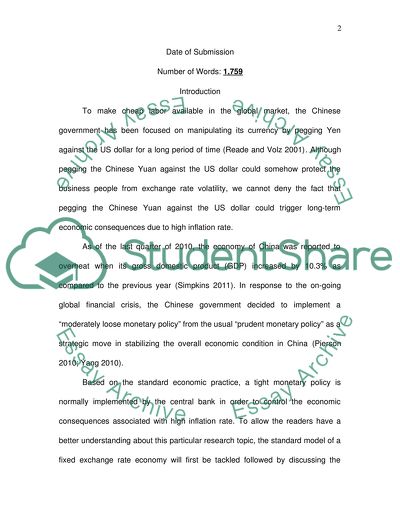Cite this document
(“China's Monetary Policy, From Fixed to Managed Exchange Rate Essay”, n.d.)
Retrieved from https://studentshare.org/environmental-studies/1411407-chinayies-monetary-policy-from-fixed-to-managed
Retrieved from https://studentshare.org/environmental-studies/1411407-chinayies-monetary-policy-from-fixed-to-managed
(China'S Monetary Policy, From Fixed to Managed Exchange Rate Essay)
https://studentshare.org/environmental-studies/1411407-chinayies-monetary-policy-from-fixed-to-managed.
https://studentshare.org/environmental-studies/1411407-chinayies-monetary-policy-from-fixed-to-managed.
“China'S Monetary Policy, From Fixed to Managed Exchange Rate Essay”, n.d. https://studentshare.org/environmental-studies/1411407-chinayies-monetary-policy-from-fixed-to-managed.


